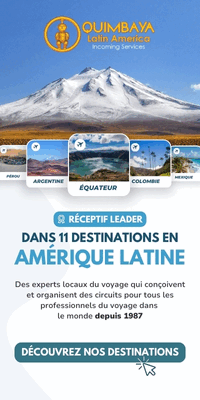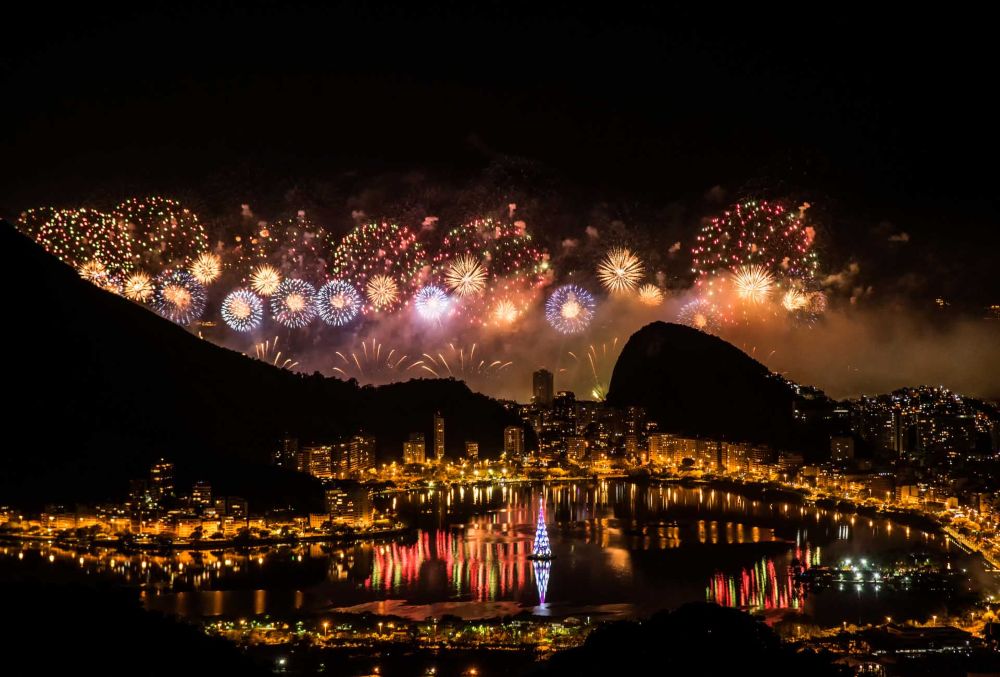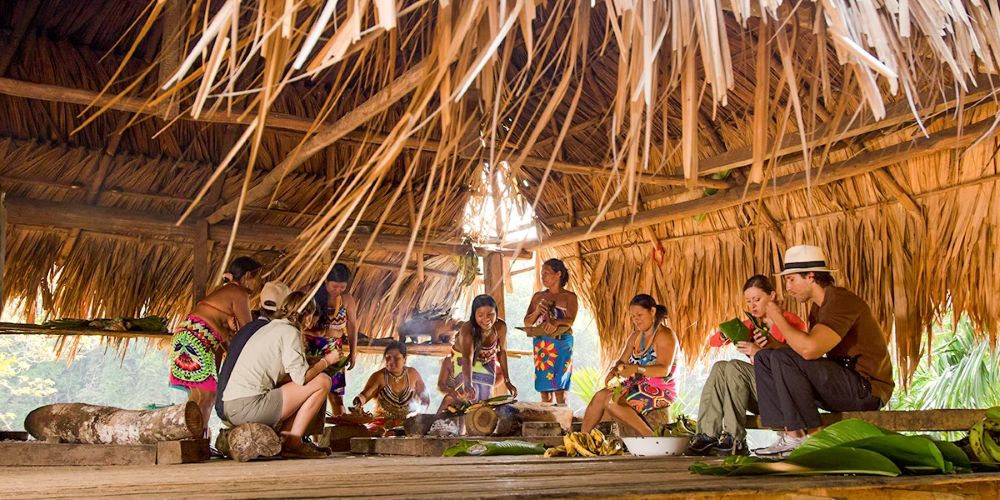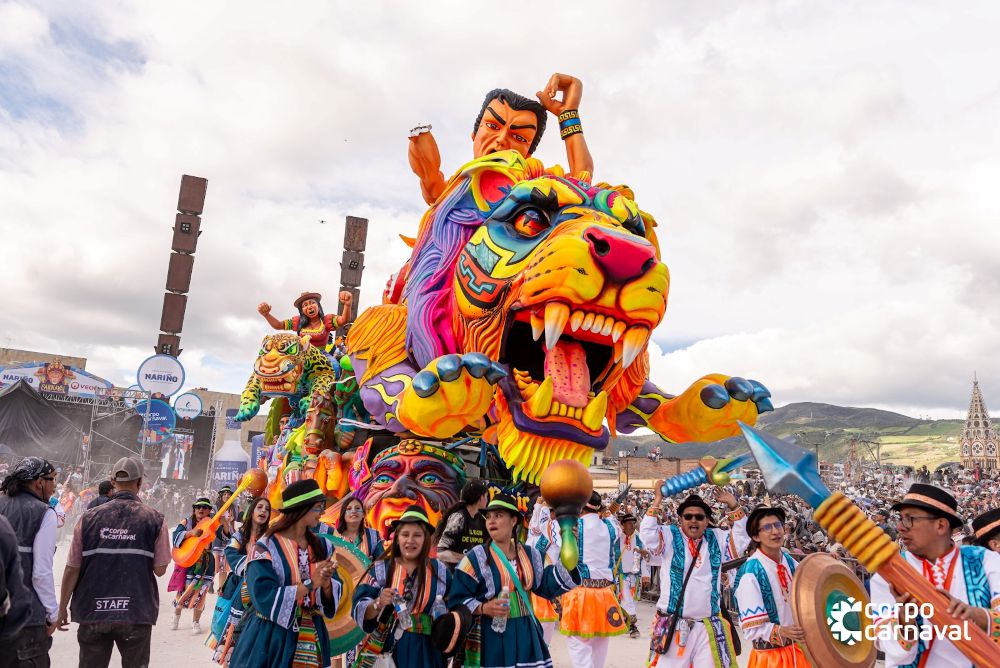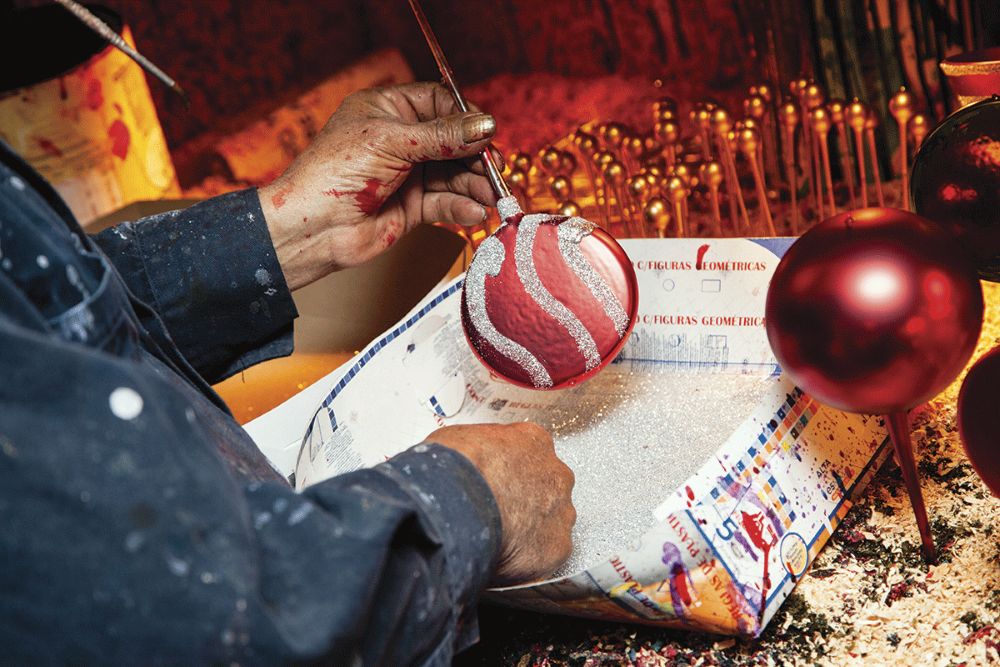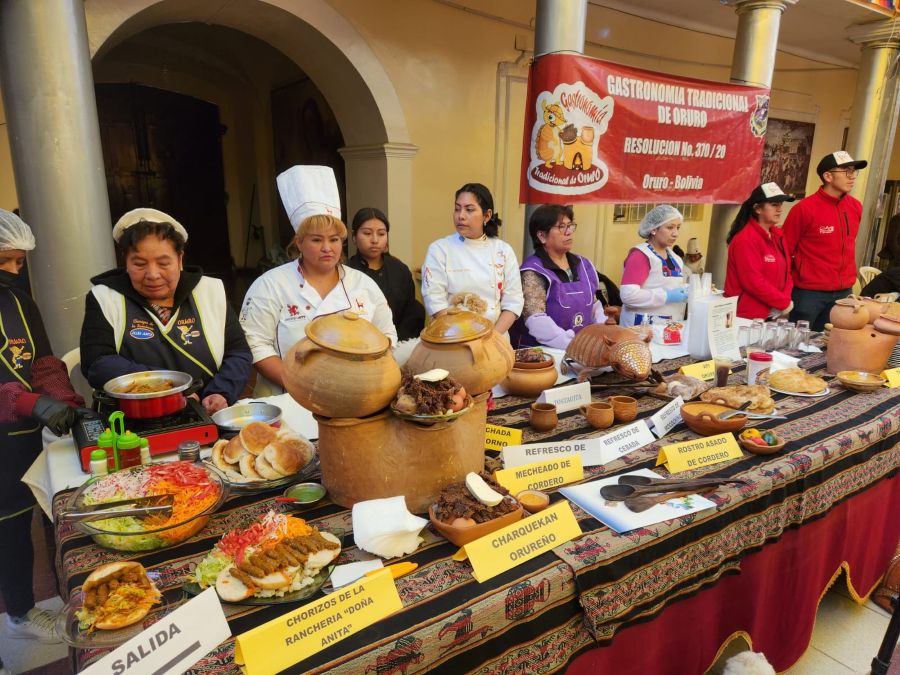Texte de Kiara Francius – Cet article a été publié initialement sur le site www.elcafelatino.org
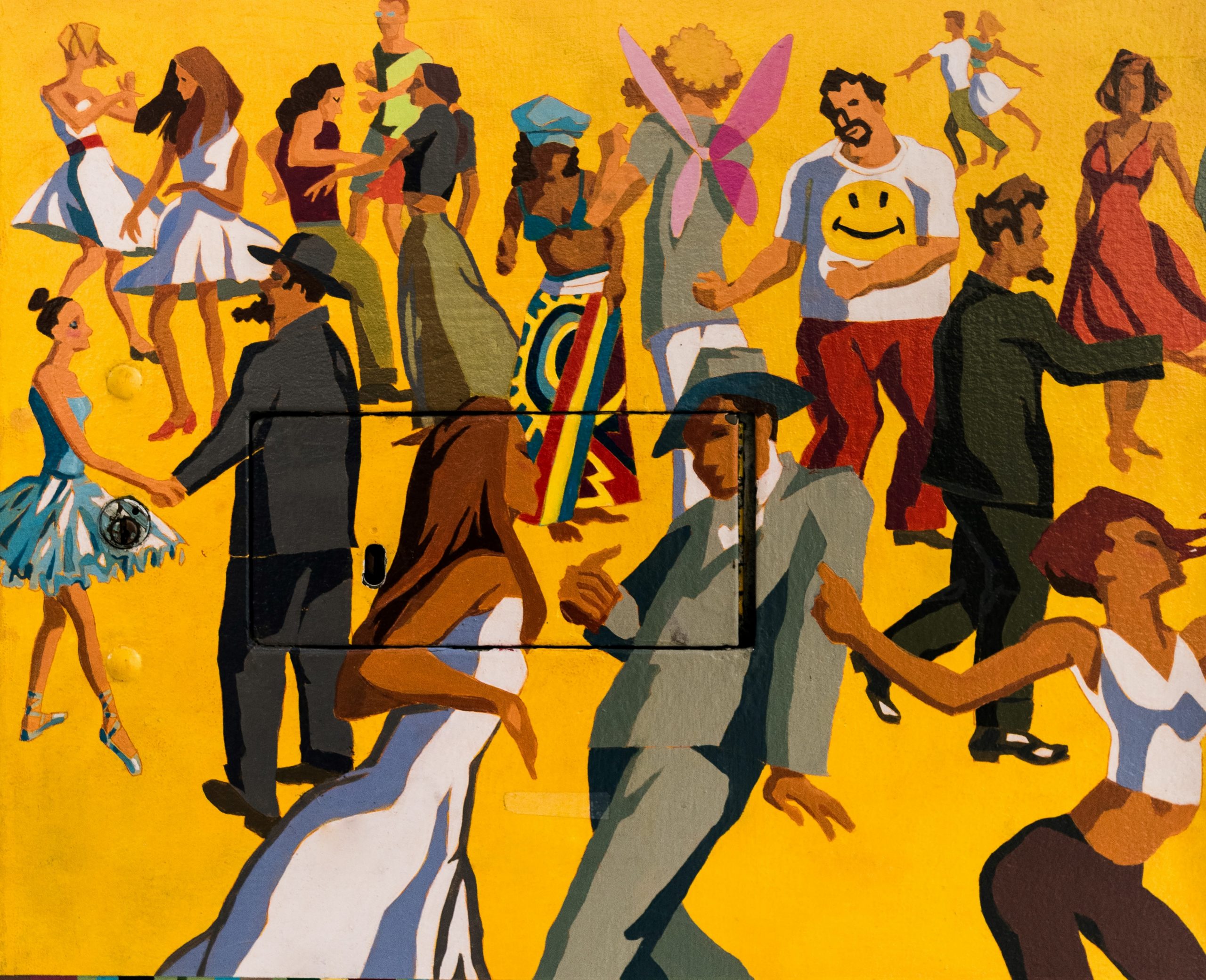
« La danse est l’expression de notre joie légitime de vivre. » ~ Rolando Toro Araneda
Les danses latines sont un symbole de culture à part entière. En Amérique latine, la danse constitue depuis très longtemps un véritable outil de sociabilité. Les danses y sont empreintes d’histoires. Souvent nées de mélanges d’origines et de cultures, les danses latino-américaines n’ont de cesse d’évoluer. Retraçons l’histoire de sept des danses symboliques des pays de l’Amérique latine.
La Bachata
La bachata trouve ses origines dans la République Dominicaine des années 1960.
L’on retrouve néanmoins des éléments constitutifs de cette danse et de ce genre musical quelques années plus tôt, puisque ces derniers puisent leur source dans le rythme du bolero – qui s’est répandu dès les années 1920 dans le continent latino-américain. La bachata est aussi issue de la fusion d’autres genres afro-antillais tels que le son cubain, le cha cha cha et le merengue. En 1927, le terme « bachata », supposément d’origine africaine, désignait pour la première fois les réjouissances où le musicien populaire de bolero était le roi de la fête.
Depuis 2019, la bachata est inscrite sur la liste représentative du Patrimoine Culturel Immatériel de l’Humanité par l’UNESCO. A ses débuts pourtant, la Bachata fut associée à la pauvreté, la vulgarité et la grossièreté. Émanant des bidonvilles marginalisés de Santo Domingo, la presse et les classes moyennes et supérieures désignaient le style « bachata » dans une optique dénigrante. Étymologiquement, « bachata » signifiait tout rassemblement animé, ou toute fête dans l’arrière-cour accompagnée de musique, nourriture, boisson et danse, plutôt qu’un genre musical spécifique. Dans les années 30, la bachata est par ailleurs jouée et dansée dans les bars, les maisons closes et autres lieux dits « indécents ».
Les paroles vernaculaires dans les sons de bachata, qui indirectement soulevaient des problèmes de couleur et de “race” ne s’alliaient que difficilement à la réticence des Dominicains à reconnaître leur ascendance africaine.
A l’origine rurale, la bachata se fait rapidement une place dans les villes dominicaines comme Santiago de los Caballeros, où des musiciens comme Morito Sánchez se font connaître.
Le bas statut social de la Bachata a néanmoins commencé à se transformer à la suite de deux phénomènes. L’un étant la sortie en 1990 d’un enregistrement massivement célébré et primé aux Grammy Awards, intitulé Bachata Rosa. Ce son fut interprété par Juan Luis Guerra, l’un des musiciens les plus établis de la République Dominicaine.
L’autre événement, bien plus impactant, a été la migration massive des Dominicains vers les États-Unis : migration ayant culminé dans les années 1980 et 1990.
À New York, les immigrés dominicains nostalgiques, et particulièrement ceux issus de la classe ouvrière, pouvaient
ouvertement embrasser les expressions mélodramatiques de perte et de nostalgie de la bachata, et la forme d’humour sexuel dominicain unique de ses paroles, sans crainte d’approbation sociale.
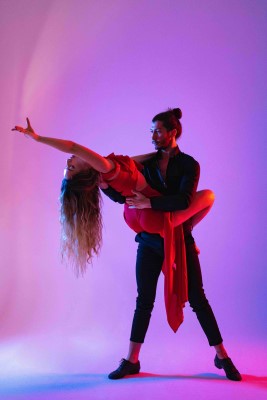
Comment se danse la Bachata ?
Les mouvements de base se résument en une série de pas d’avant en arrière et sur les côtés, avec un pas à droite avec un déhanchement tandis que le partenaire fait de même sur sa gauche. Il faut ensuite ramener son pied gauche vers son pied droit, le partenaire faisant l’inverse. Finalement, il faut exécuter de nouveau le même mouvement avant de recommencer de l’autre côté. Bouger les hanches offre au corps une attitude plus sensuelle.
La bachata comprend cependant plusieurs variantes, incluant la bachata moderne, la bachata dominicaine, la bachata sensual et la bachata traditionnelle.
La Salsa
« La musique cubaine […] parle d’une certaine manière. » ~ Andy Garcia
Le terme « salsa » se réfère à la fois à un genre musical et à une danse aux origines cubaines.
La danse salsa est une danse populaire d’influence afro-hispanique, pratiquée au départ dans les rues de Cuba dans les années 1950. Elle se développe ensuite sous une forme appelée « rueda de Casino ».
C’est le mélange de styles musicaux variés, comme le « son cubano » et le jazz, qui donne naissance au rythme de Salsa.
Havana fut le lieu de naissance de nombreux styles de danses afro-cubaines, incluant la salsa. La musique de salsa représentait un mix excitant entre le son de la guitare espagnole et celui des tambours africains. Le terme originel désignant la salsa fut tout d’abord « casino » en référence aux clubs (casinos) dans lesquels les personnes dansaient ce style.
Plus tard, les latino-américains de New York lui assignèrent le nom « salsa », signifiant au sens figuré « épicé, charme, piquant ». Dans les années 1940, les cubains désignaient par salseros des musiciens qui jouaient dans différents groupes, mais il était encore trop tôt pour parler d’un genre salsa. Dans les années 70, la salsa s’est en effet véritablement développée grâce à l’apport culturel de la communauté hispanique de New York (populations immigrées de Porto-Rico, du Mexique, de Cuba et de la République Dominicaine).
Trois styles principaux de salsa se distinguent aujourd’hui : le style cubain, le style colombien et le style dit « portoricain ».
Le style cubain vient de la danse casino et tire ses racines du son cubain : très africain, « dans le sol », aux gestes minimalistes et aux passes épurées, sans jeux de jambes. Le couple se déplace surtout en cercles successifs. C’est avant tout une danse de rue, populaire, sociale. La rueda de casino, une variante, consiste en des rondes (rueda) de couples où un meneur (la madre) annonce les passes à venir. Les danseurs changent fréquemment de partenaire.
Le style colombien quant à lui, est le plus commun et est très répandu dans l’actualité. Il s’agit d’une danse très corps-à-corps, où l’esthétique et le caractère priment plus que les figures. Les jeux de jambes sont plus complexes que la plupart des autres styles, et tendent parfois vers le twist.
Finalement, en France, le style dit « portoricain » désigne les musiques préférées des danseurs de salsa « portoricaine » : la salsa dura des années 1970 entre autres. Ce style ne vient pourtant pas de Porto Rico mais des États-Unis. Trois variantes principales existent : le style de Los Angeles, le style new-yorkais et le style palladium. En France, « danser la salsa portoricaine » signifie généralement danser le style Los Angeles.
Comment se danse la Salsa ?
La salsa se danse surtout à deux, mais elle peut être pratiquée seul, ou à plusieurs : en ligne (salsa suelta), à plusieurs couples (rueda de casino) ou encore avec un leader et deux partenaires. La difficulté de la danse réside dans la complexité de la musique : le premier temps n’est pas toujours marqué de la même manière. Pour danser en cohérence avec la musique, savoir reconnaître les mesures musicales est un grand plus.
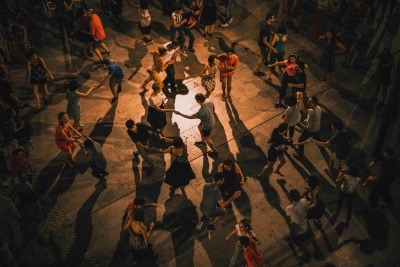
De manière générale, le principe est d’alterner les pas gauche et droite. Pour la cavalière, les pas sont inversés : droite et ensuite gauche. Sur les huit temps, le quatrième temps est une pause : l’on compte donc ainsi : « 1,2,3 (pause) 5,6,7 (pause) ».
En salsa portoricaine les déplacements sont réalisés en ligne, le guidage est très poussé et la danseuse peut enchaîner de nombreux tours.
La salsa conserve encore aujourd’hui de fortes traces de ses racines africaines : On y retrouve toujours des mouvements de bassin.
Le Tango
Le Tango est une danse latino-américaine, d’origine africaine. Cette danse tire son origine des faubourgs populaires de Buenos Aires, dans les barrios (quartiers) de la fin du XIXème siècle. Le tango a ainsi pris forme à San Telmo, quartier migrant pauvre de la capitale. Sa plus grande influence fut la guitare flamenco. Il s’agissait d’une danse d’ouvriers.
A cette période, peu de femmes vivaient à Buenos Aires. Les hommes s’entraînaient alors ensemble dans les rues, avant d’exécuter leur danse avec des femmes.
Peu à peu, le Tango s’insère dans l’ensemble de la ville : il est dansé dans les bals, dans les guinguettes…
Après s’être développé sous des formes variées en Argentine, le Tango s’est répandu dans le monde entier en tant que danse de salon.
Après avoir connu un certain déclin, le Tango connaît à ce jour une résurgence en popularité.
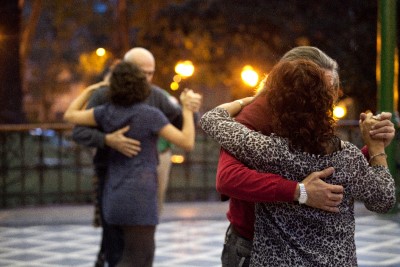
Comment se danse le Tango ?
Le tango représente avant tout une marche. On marche surtout sur les temps forts de la mesure (les temps 1 et 3 à 4 temps du tango). Lorsque l’on danse un contretemps, la marche s’accélère brièvement. Il s’agit aussi d’une danse d’improvisation, car le couple de danseurs se dirige vers une direction impromptue à tout instant.
La Samba
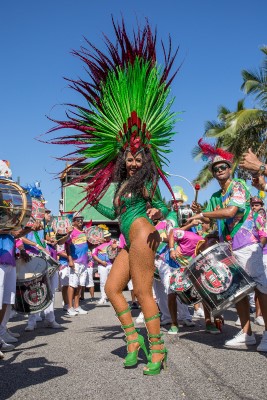
La samba est une danse et un genre musical ayant fait son apparition au Brésil, bien que ses racines remontent à l’Afrique de l’époque de l’esclavage ouest-africain. Cette danse trouve alors son origine dans les favelas ou bidonvilles de Rio de Janeiro au début du XXème siècle, suite à l’arrivée d’esclaves finalement affranchis, apportant leurs danses et percussions africaines.
La première samba musicale, « Pele telefone » de Donga, est enregistrée en 1917. La samba s’étend ensuite dans le monde
entier. Elle prend par la suite le titre de danse officielle du Brésil. Cette danse représente l’idée de la fête, surtout durant la période des carnavals. En effet, la samba est devenue la musique du carnaval dès 1930.
Comment se danse la Samba ?
Ce style est dansé seul ou en couple, sur une musique entraînante et des rythmes simples. La samba « solo » la plus connue est la samba no pé (samba de pieds). Tout le corps est utilisé : Les jambes bougent d’avant en arrière et les bras balaient l’air au niveau du bassin. La samba « en couple » est surtout une danse de salon, avec des figures chorégraphiques formalisées.
Le Merengue
D’où vient le merengue ?
Selon les faits, cette danse et ce genre musical sont apparus en 1850 en République Dominicaine dans la région de Cibao.
Plusieurs hypothèses existent néanmoins au regard de la naissance du merengue. L’on considère que le merengue a trouvé sa source dans la danse upa habanera, qui comportait un pas de danse dénommé « merengue ». D’autres versions racontent que le genre viendrait du rythme « mangulina ». Le merengue dansé comporte, lui, aussi bien des origines dominicaines que haïtiennes, et ce depuis le milieu du XVIIIème siècle. C’est à Haïti et en République Dominicaine que l’on retrouve les caractéristiques les plus similaires aux origines de la danse. L’un des aspects que l’on reconnaît notamment sont les mouvements de hanches très prononcés, qui diffèrent des mouvements des hanches en danses latines internationales.
Pendant plusieurs années, le merengue fut perçu comme un genre rural très critiqué par la bourgeoisie.
Cependant en 1930, le dictateur dominicain Rafael Trujillo déclare le merengue danse nationale de la République Dominicaine. Dès lors, la classe aisée y porta plus d’attention. Particulièrement populaire en Amérique latine et dans certaines régions des États-Unis, ce genre est également interprété par des artistes portoricains. Juan Luis Guerra fait connaître internationalement le merengue en 1990 avec Ojalá que llueva Café.
Comment se danse le Merengue ?
La version actuelle du merengue consiste en une danse en position fermée, le couple tournant dans le sens des aiguilles d’une montre. Quelquefois, une main est lâchée afin que l’un des deux danseurs tourne sur lui-même. Au niveau des pas, rien de plus simple : la mesure comprend huit temps, un changement de pied est exécuté à chaque temps (comme la marche).
Aujourd’hui, le merengue est associé à la salsa puisque de nombreux mouvements de salsa sont réalisés plus facilement en merengue.
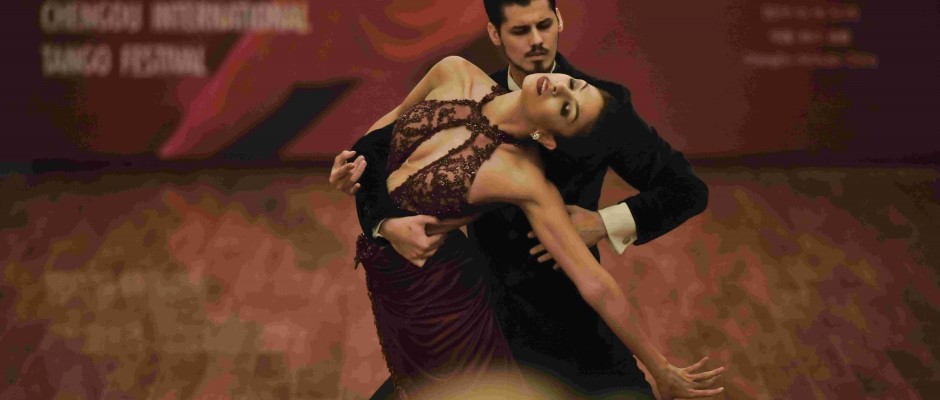
La Cumbia
La Cumbia naît dans la partie haute de la vallée du fleuve Magdalena à l’Est de la Colombie dans l’espace géographique appelé dépression Momposina, plus précisément dans la zone qui correspond au pays indigène Pocabuy au XVIIème siècle. Tout d’abord désigné « cumba », le nom de cette danse et de ce genre musical prend par la suite la forme de « cumbia ». Ce nom vient du mot bantu « Cumbe », désignant un rythme et une danse de la Guinée équatoriale (Afrique de l’Ouest). Celui-là fut importé dans la côte caribéenne de la Colombie par les Africains durant la période coloniale espagnole du XVIIème siècle. Pour certains spécialistes, le terme cumbia a un lien avec le mot cubain « cumbancha » signifiant « fête ».
Les colons espagnols apportèrent des esclaves africains pour travailler dans les mines. La cumbia débuta comme une danse sociale pratiquée parmi les esclaves pour conserver leur héritage africain. Les esclaves africains travaillaient aux côtés des esclaves amérindiens. Lorsqu’il était permis de célébrer certaines fêtes, les instruments amérindiens se mixaient aux tambours et aux rythmes africains, les paroles étant dans leur langue commune : l’espagnol.
La danse et le rythme de la cumbia sont nés d’un véritable métissage culturel entre la culture africaine des peuples esclaves, la culture européenne avec la colonisation espagnole et la culture des peuples indigènes.
Cela transparaît par la présence de mouvements charnels, symboliques des danses d’origines africaines. L’influence espagnole se voit notamment dans les costumes inspirés de la culture espagnole et qui reflètent les habits du flamenco actuel. Les habits masculins sont pour leur part plus proches de ceux utilisés pendant les encierros (tradition où les taureaux sont conduits jusqu’au toril avant la corrida).
En termes de musique, les tambours sont d’origine africaine, les instruments à vent d’origine indienne, tandis que les chants populaires viennent de la poésie espagnole, bien qu’adaptée à la cumbia. La cumbia est devenue un symbole d’identité culturelle et d’unité nationale.
A partir des années 1940, la cumbia se diffuse dans les autres pays d’Amérique Latine comme l’Argentine, le Mexique, le Pérou, l’Equateur et le Venezuela. De nombreux pays créèrent leur propre cumbia. Le premier groupe officiel de Cumbia, Cumbia Soledeña, s’est formé en 1877. Leur chanson la plus célèbre fut « Pa gozá el carnaval ».
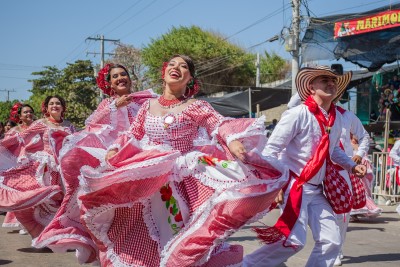
Comment se danse la Cumbia ?
La cumbia populaire se danse en couple. Elle se caractérise par un va-et-vient, le mouvement des hanches, des pas courts et de nombreux tours sur soi-même.
Le pas de base est le même que pour la salsa, mais le rythme est différent : « 123… 123 … » un pas en arrière, un pas sur place, un pas en avant… une pause pour transférer le poids du corps sur l’autre pied et on recommence. Le pas chassé permet de varier : on déplace le pied vers la gauche tandis que le droit suit le mouvement en traînant sur le sol.
Dansé par des couples, la femme tient une bougie allumée et vague sa longue jupe. L’homme danse derrière elle avec une main derrière le dos et l’autre tenant son hipihapa sombrero (chapeau). Les pas de danse coïncident avec chaque battement.
Il existe différentes versions de la cumbia : de Colombie : la Cumbia classique, la Cumbiamba, la Cumbia moderne ; et de Panama : Cumbia Santeña, Cumbia Mejoranera, Cumbia Coclesana, Cumbia moderne.
Le Forró
Le forró est une danse typiquement brésilienne, et dont la musique a un thème lié aux aspects culturels et quotidiens de la région du nord-est du Brésil.
Il s’agit d’une variation du Baião, autre rythme musical populaire de la région. Le forró était d’abord uniquement connu au sud de l’État de Bahia et au nord de l’État de Maranhão.
On y retrouve des influences africaines, européennes et autochtones. Pendant longtemps, seuls les Nordestinos savaient danser et chanter le forró. Mais face à leurs difficiles conditions de vie dans le Nordeste, bon nombre d’entre eux quittèrent la région pour trouver du travail dans le sud du Brésil. Cette migration, principalement à destination de São Paulo et de Rio de Janeiro, connut un pic dès 1940.
Les Nordestinos emmenèrent avec eux leurs traditions, qu’ils gardaient en vie en jouant leur musique et en dansant. Leurs chansons prenaient surtout la forme de lamentations nostalgiques, mais aussi d’anecdotes amusantes. Au fur et à mesure, leur musique commença à animer les bals de paysans immigrés dans les grandes villes. Durant longtemps, seuls les artisans, les domestiques et les ouvriers se prêtèrent à la pratique du Forró.
Plus tard, le chanteur, compositeur et accordéoniste Luis Gonzaga popularisa le forró dans tout le Brésil : En 1970, tous les lieux de divertissement de Rio et de São Paulo en jouaient. Ces établissements furent renommés « Casas de Forró ». Lorsque le genre devint en vogue, les classes moyennes et aisées commencèrent à s’y intéresser.
D’où vient le mot forró ?
Selon les versions, ce terme viendrait de l’anglais « for all » (pour tous). Lors des travaux du premier chemin de fer à Pernambuco, l’entreprise anglaise en charge organisait des bals pour tous les employés. A l’entrée du bal était affichée une pancarte sur laquelle on pouvait lire « FOR ALL ».
La seconde version, aussi répandue, défend l’hypothèse selon laquelle le mot viendrait du terme africain « forrobodó » signifiant “faire la fête ».
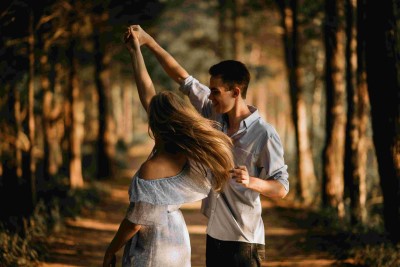
Comment se danse le Forró ?
Deux types de forró se distinguent principalement :
Le forró rastapé : il s’agit du forró traditionnel, issu du Nordeste. Les mouvements caractéristiques se résument à des mouvements de pieds simples qui se répètent continuellement et peu de mouvements de bras.
Le forró universitário (le xote) : influencé par la lambada, la salsa et le tango et originaire de São Paulo. Il s’agit d’une danse particulière et captivante à la fois. Le forró est à la base une danse de couple.
Les pas principaux sont relativement simples : deux pas à gauche, deux pas à droite. Le cavalier mène sa partenaire, et peut donner l’impulsion pour faire des virages parmi les autres couples. Le pas est généralement sautillant quand il est dansé par des couples expérimentés. D’autres types de forró existent également, comme le forró électronique et le pied de scie forró.
À partir des années 1930, les médias ont commencé à contribuer de manière croissante à la diffusion des genres, des styles et des répertoires musicaux et dansés traditionnels de l’Amérique latine, concourant ainsi à leur transformation et à leur transmission à l’international.
Danser, c’est comme rêver avec ses pieds.
Danser latino, c’est allier élégance et sensualité.
¡Viva el baile!


